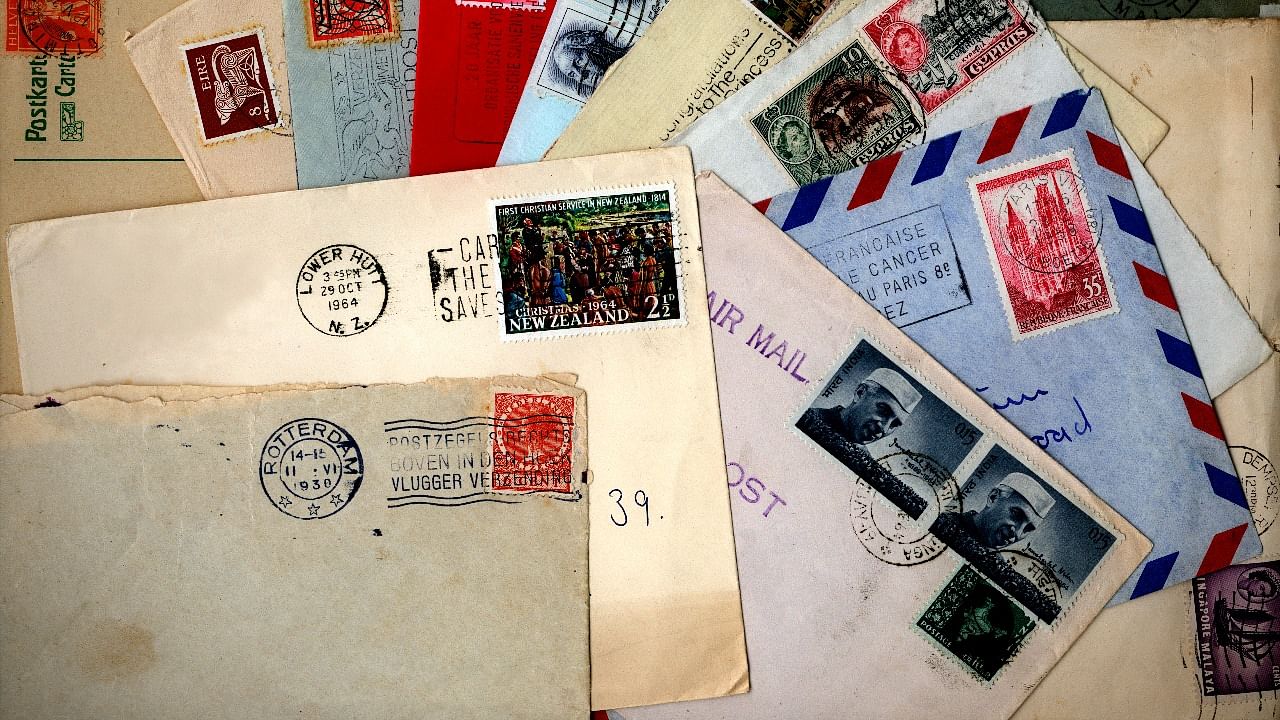The old inland letters, postcards and birthday greetings that were exchanged between our ancestors open up a trove of memories. Stamped and postmarked, they have pursued us while moving from one town to another. My family and I exchanged letters whenever I was out of town, either on official duty or touring as a player with the State Bank of India Bengaluru circle hockey team. In the pre-mobile phone era, exchanging handwritten notes was the most inexpensive way to keep in touch. It was a time when we savoured the written word, and the thrill of receiving a letter was unmatched.
The snail mail took its own sweet time to arrive and one waited for them patiently. In a unique case of being both sender and receiver, I became the recipient of my very own letter posted from Kanpur to my parents in Bengaluru sometime in the early eighties. On reaching Bengaluru, the letter zeroed in on me like a well-guided missile with the postman delivering it to me just before I stepped into my house.
My brothers and I wrote extensively while away on tour. The telegram was still around but expensive. Making calls from the public call office (PCO), besides being exorbitant, also meant biding your time and standing in serpentine queues in front of the booth. The humble postcard came for an unbelievable five paise while the inland letter also sold for a steal— fifteen paise.
Posting a letter was akin to showing up personally at someone's door. It was an obsession of many literate people. I recall using every inch of space on the card or paper to convey my thoughts. A single reading of the narrative would seldom satisfy the receiver, and one would tend to reread the post before tucking it into the drawer.
Saved letters or journals written by ancestors generations ago have become a part of the family heirloom. For others, it is the love letters sent back and forth while the father or grandfather was away at war that is the most special. The wife holds the letters I wrote to her during our early marriage years dear to her heart. Letters exchanged by people featured accounts of successes and troubles or family news of babies, marriages and deaths. They held documented history, reflections and dreams. Significantly, the stack of precious old letters is a labour of love and inheriting them could also be the key to extracting the information about the family tree.
Writing letters is a discarded art and a part of me grieves the loss. People prefer texting through emails, SMSs and WhatsApp. Every generation mourns something they value that the next generation does not know well. Preserving memories in the form of old family letters is one of the best things you can do to ensure their content is available for future generations.
